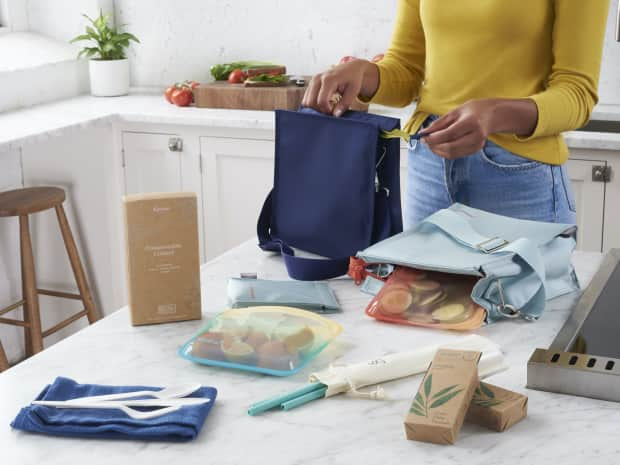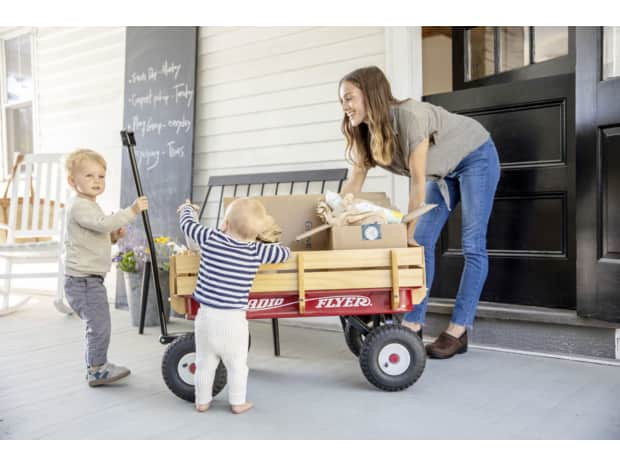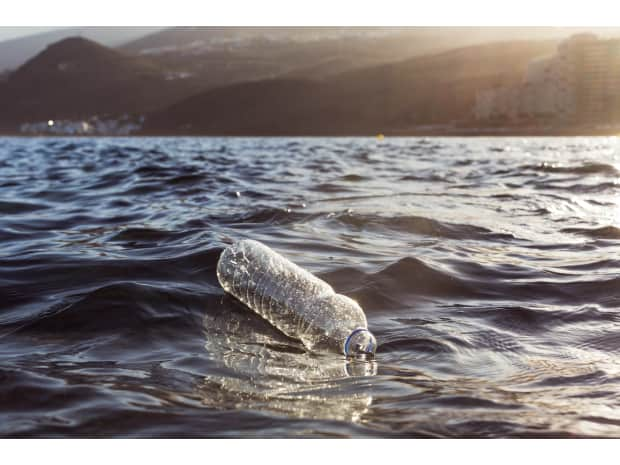Plastic and the ocean
24 billion pounds of plastic find their way into the oceans each year. Around 90 percent of marine animals have eaten plastic, and plastic pollution is estimated to kill 100,000 marine mammals and 1 million seabirds each year. By 2050, it’s estimated that there’ll be more plastic in the ocean than fish.





